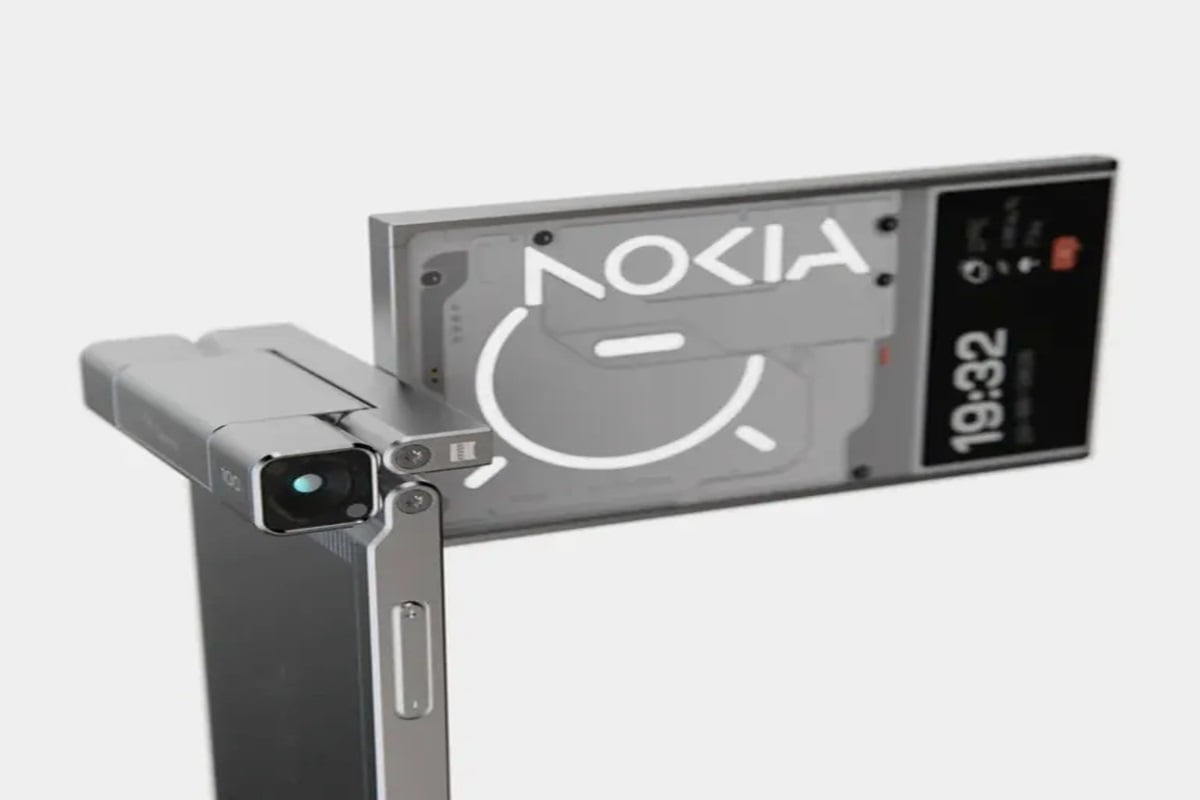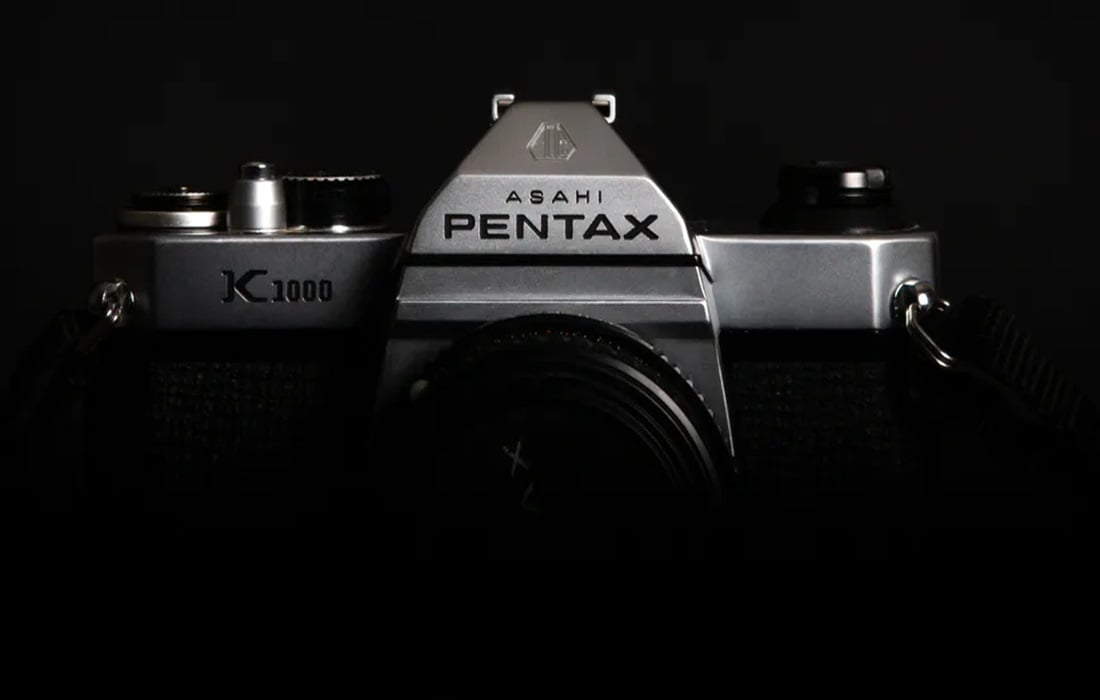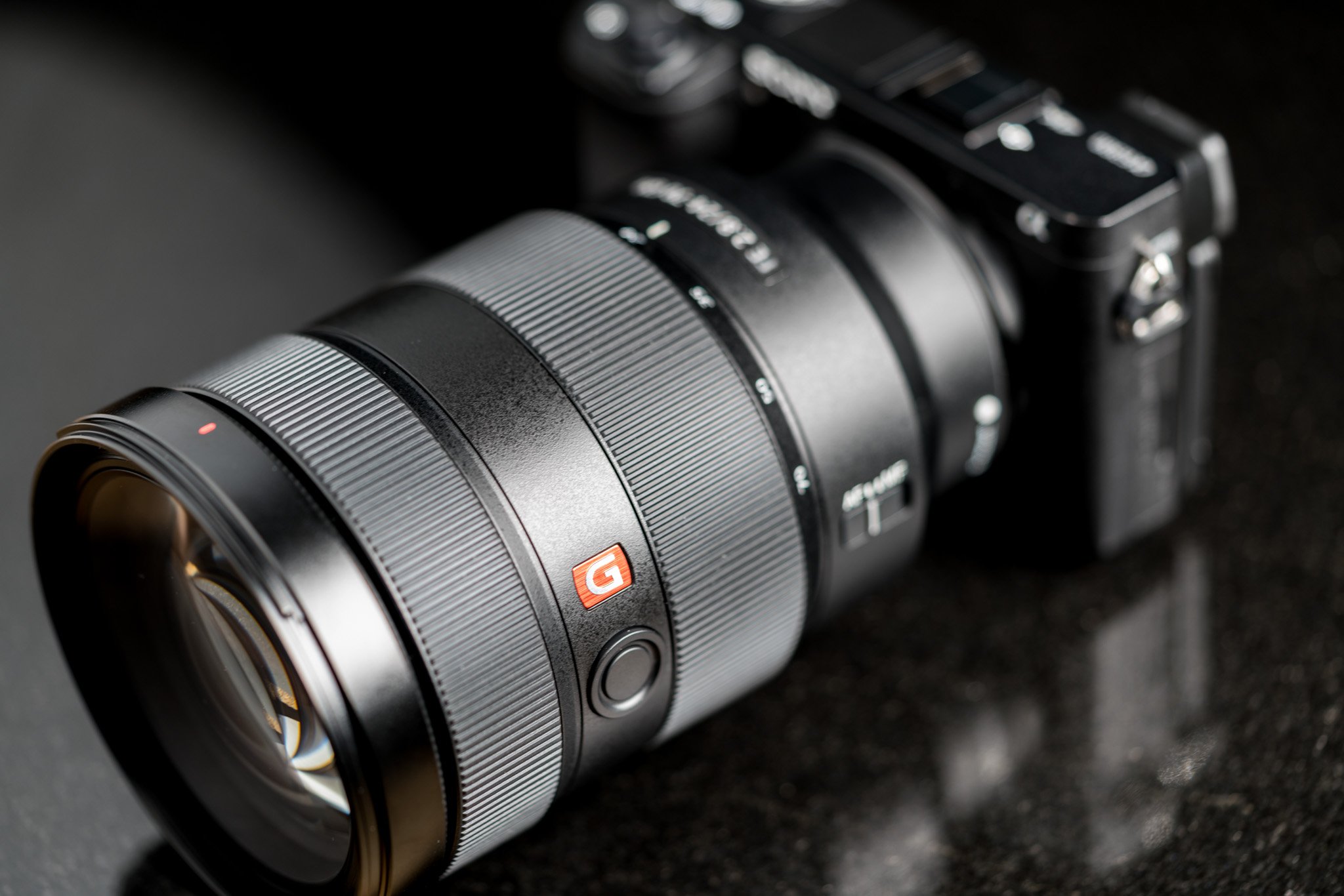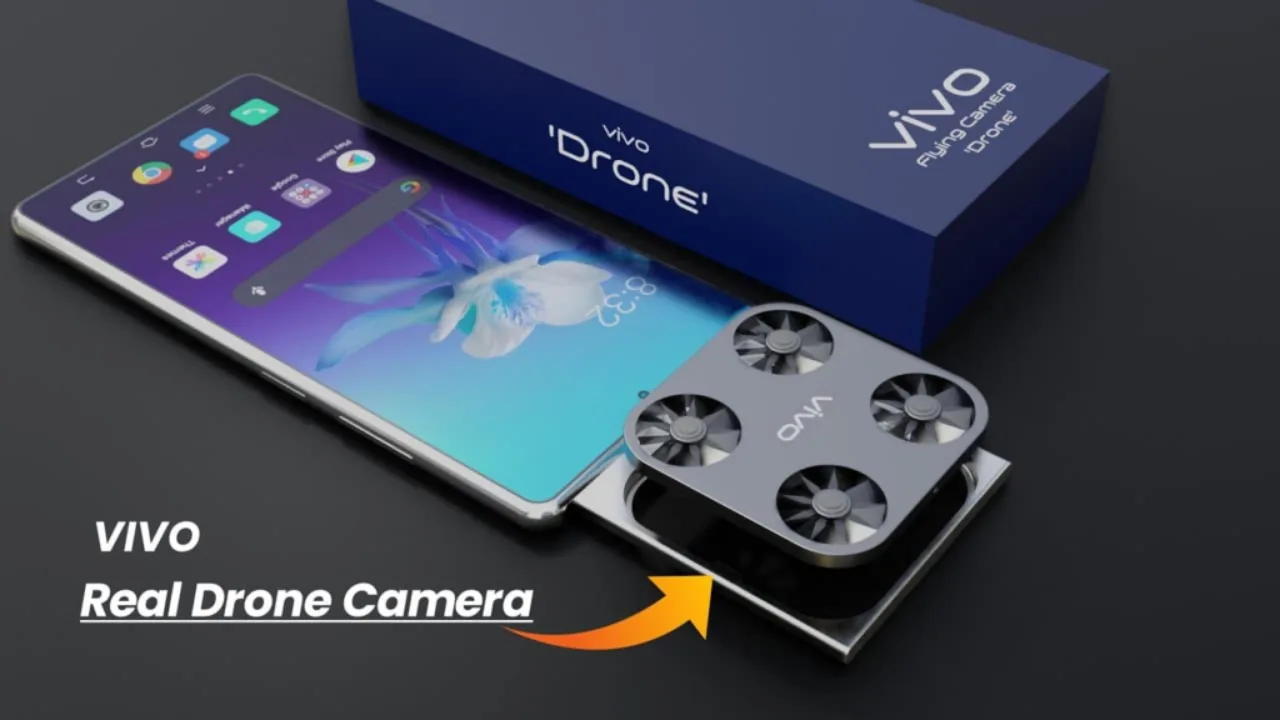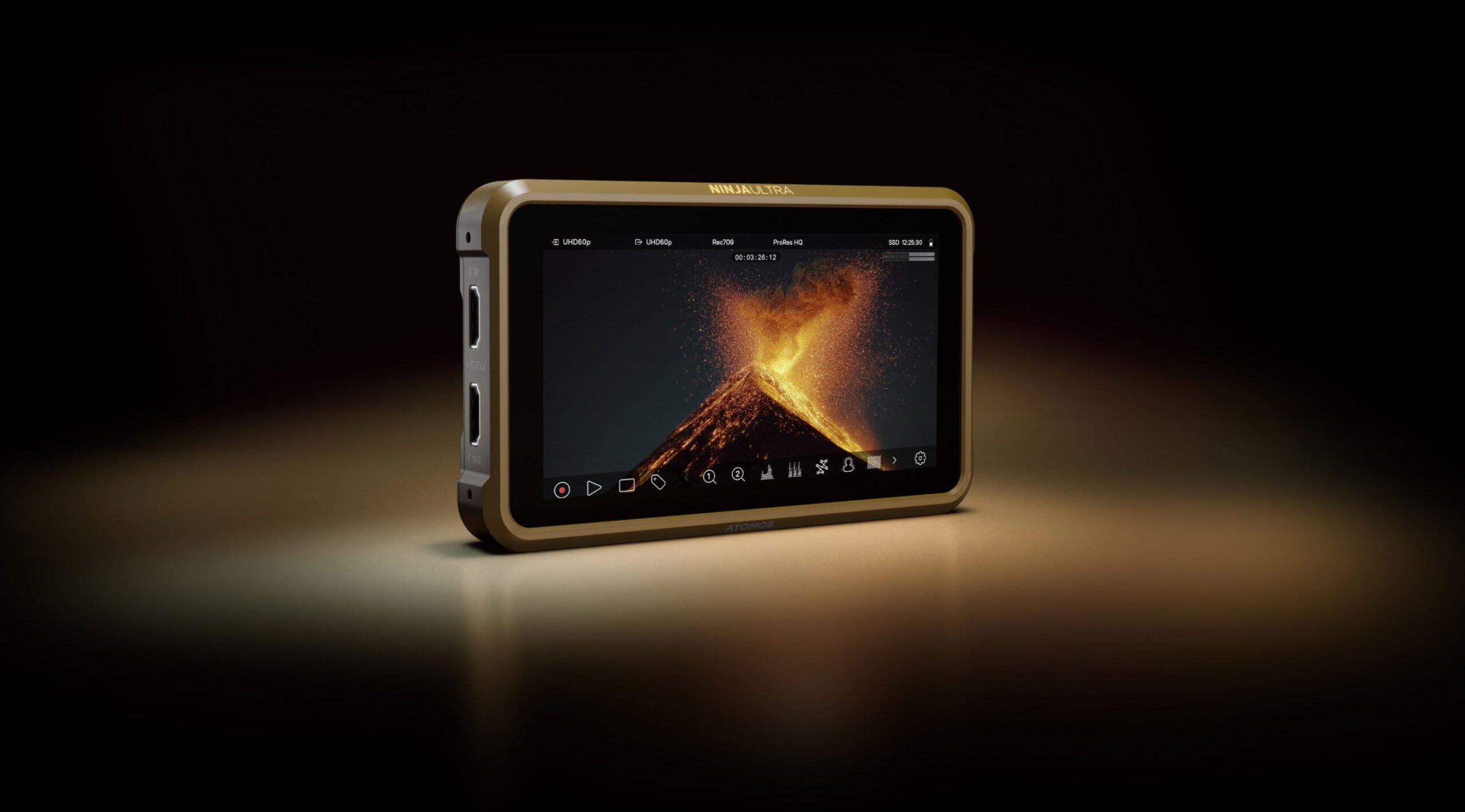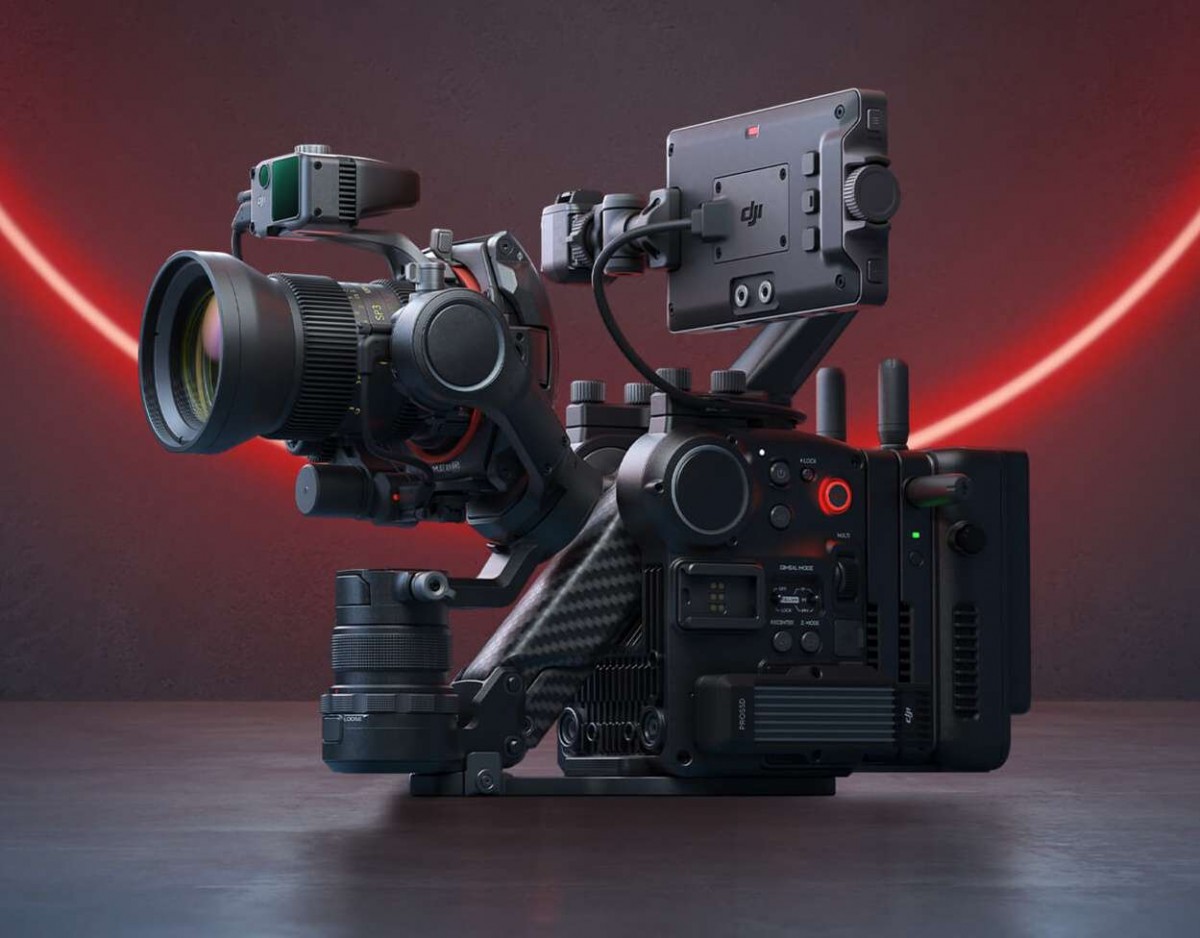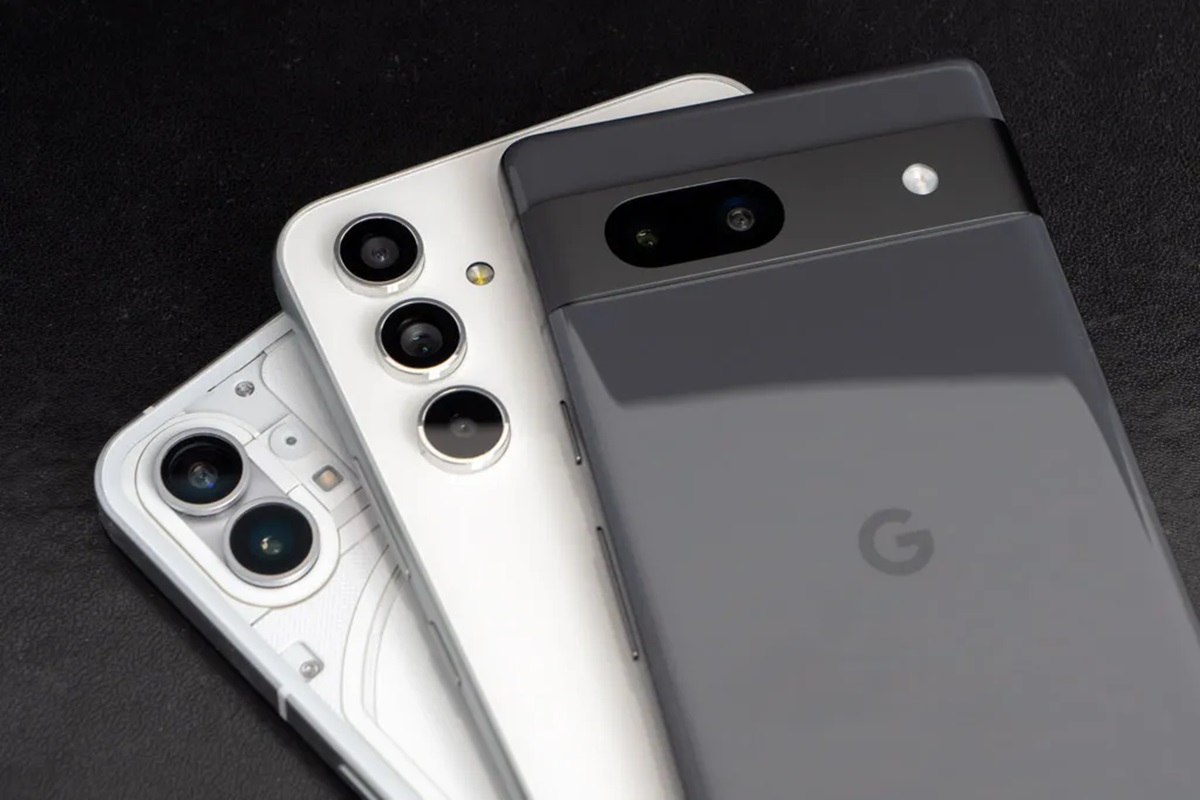Canon has officially announced the upcoming release of its much-anticipated flagship camera, the EOS R1. This state-of-the-art full-frame mirrorless camera is expected to hit the market later this year, marking a significant milestone in Canon’s EOS lineup.
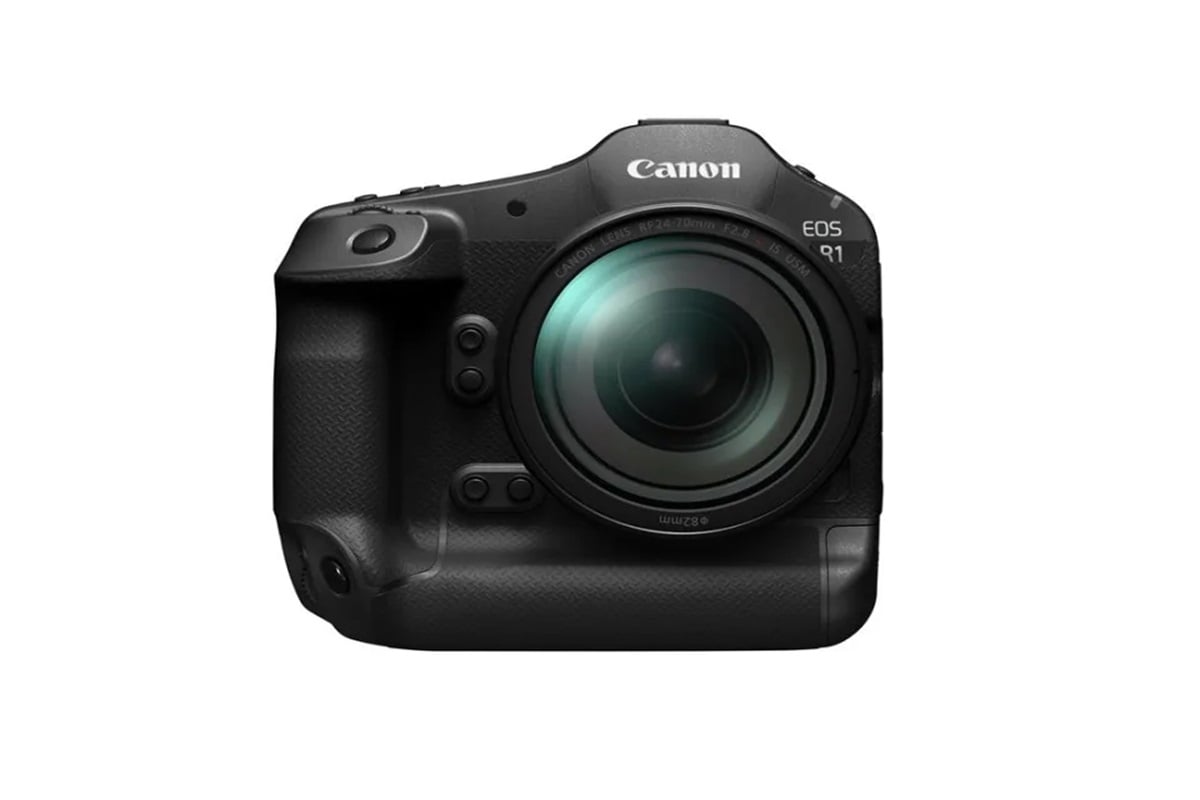
Enhanced Performance and Precision
The EOS R1 is designed to surpass the capabilities of its predecessor, the EOS R3, particularly in video and still performance. At its core lies an innovative image processing system, integrating a new CMOS sensor with the groundbreaking Digic Accelerator and the proven Digic X processor. This powerful combination promises to handle vast data volumes with unparalleled speed, setting a new benchmark in autofocus efficiency and accuracy.
Innovative Features for Dynamic Photography
Canon’s deep-learning technology has been harnessed to fuel the EOS R1’s “high-speed and high-accuracy subject recognition,” a feature that will be indispensable for action and sports photography. The camera’s Action Priority function is engineered to detect and focus on key subjects performing specific actions, ensuring that pivotal moments are never missed.
Uninterrupted Tracking Capabilities
The EOS R1 boasts an exceptional ability to maintain focus on athletes, even when they temporarily move out of the frame, suggesting its potential as an essential tool for capturing the intensity of this summer’s Olympic Games in Paris.
Integrated Noise Reduction for Superior Image Quality
In a groundbreaking move, Canon has incorporated advanced noise reduction technology, previously available only in PC software, directly into the EOS R1. This enhancement is poised to elevate image quality to new heights, empowering photographers to achieve their creative vision with greater clarity and impact.
Anticipation Builds for the Flagship Camera’s Arrival
While pricing details remain under wraps, the anticipation for the EOS R1 continues to grow. Photographers around the world are eagerly awaiting the chance to experience the next level of imaging excellence that Canon promises to deliver with its new flagship camera.

